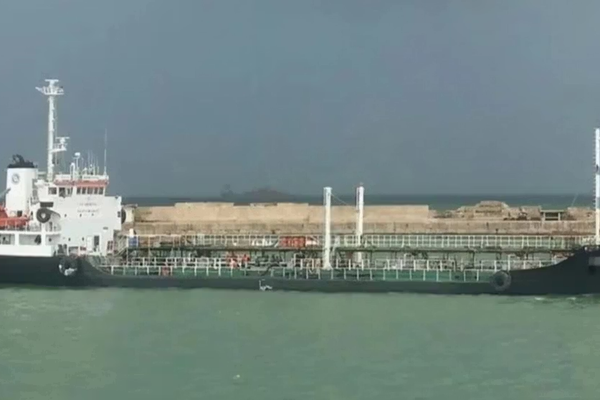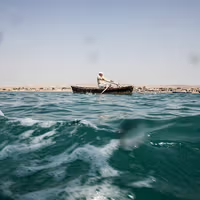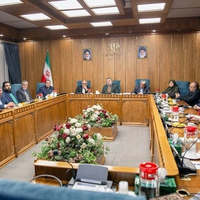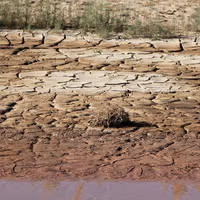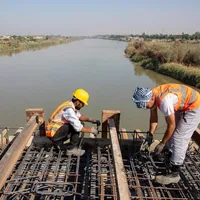“Rainfall has dropped 40% and dam inflows 42%, leaving most of the capital’s five dams near dead storage. Only Taleghan Dam remains relatively stable,” Abbasali Mosarzadeh, CEO of Tehran’s Sewage Company cited on Tuesday as saying by official media.
“Tehran’s reserves in October fell to 258 million cubic meters, 227 million less than last year," he added. These figures were cited by Iran’s Water Resources Management Company.
The crisis extends far beyond the capital. Nationally, water reserves have fallen to alarming lows, with Iranian energy officials acknowledging that 19 of the country’s major dams are operating at below 20 percent capacity.
Independent reporting by Iran International based on satellite data showed Tehran’s Amir Kabir reservoir at roughly 6 percent of usable volume in July, with the Lar and Latyan reservoirs also at historic lows.
Groundwater depletion is worsening the picture. Research cited by Iranian geoscience institutes shows parts of Tehran sinking by more than 10 centimeters a year due to subsidence.
Agriculture, which consumes about 80 percent of the country’s water according to government and international environmental assessments, remains highly inefficient, further straining supplies.
Experts warn that without sweeping reforms in consumption and water management, Iran risks deeper shortages, environmental collapse, and growing public unrest.

